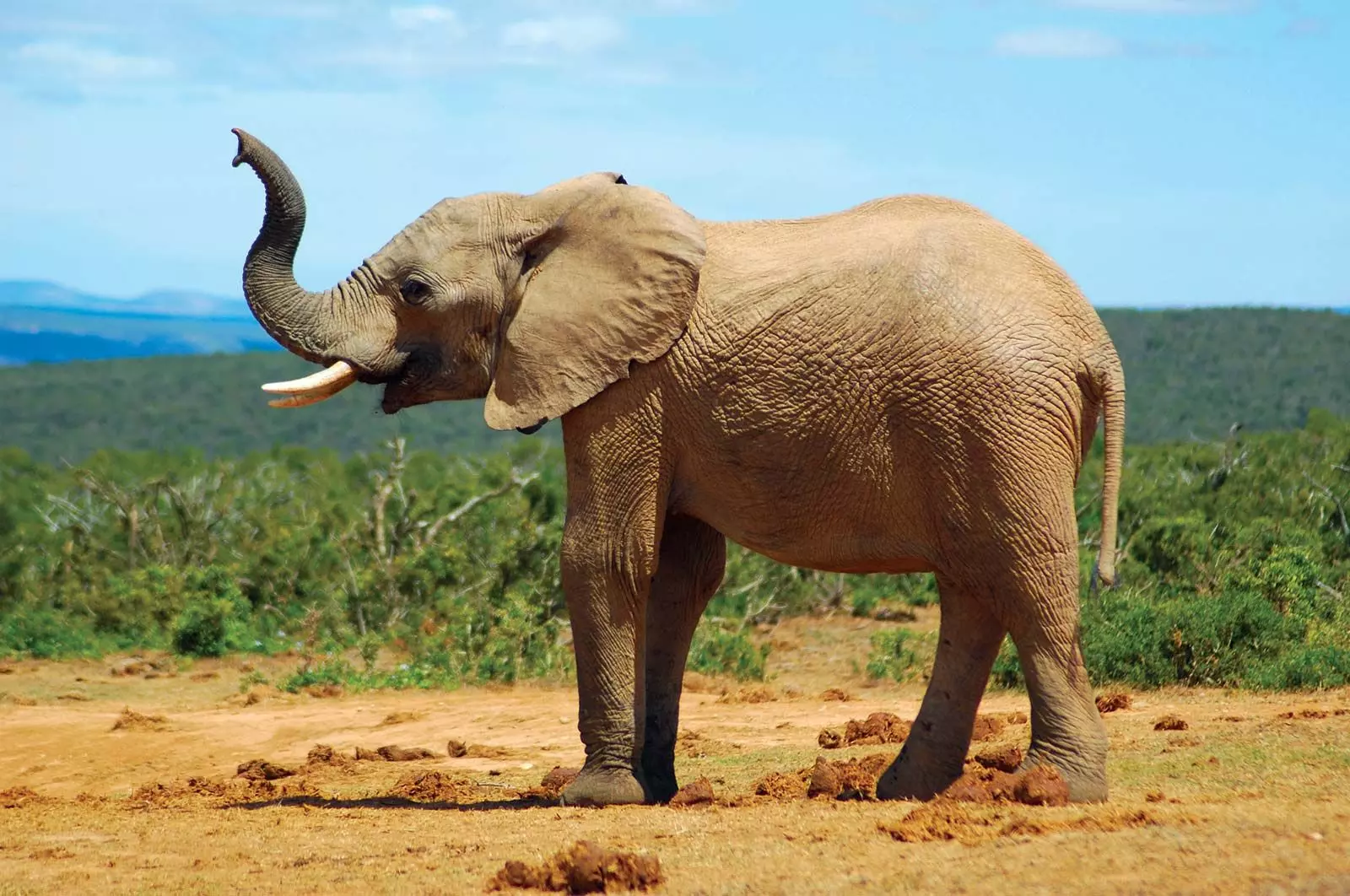“The remaining three pachyderms in the 13-member herd have been found to be healthy,” L. Krishnamoorthy, additional principal chief conservator of forest (APCCF) (wildlife) told this newspaper.
According to him, veterinary doctors have suggested the possibility of presence of mycotoxins (in stomach) associated with kodo millet that was consumed by the elephants which died later. Kodo millet turns toxic when mycotoxin generates cyclopiazonic acid.
“Samples (or viscera) of the dead elephants have been sent to the School of Wildlife Forensic and Health (SWFH) in Jabalpur in Madhya Pradesh for analysis”, he said.
Krishanmoorthy heads a five-member special investigation team (SIT) constituted by the state government to probe the deaths of the elephants in the wildlife sanctuary. The SIT has been asked to submit its report within ten days.
Teams of special task force and state tiger force are also probing into the tragedy separately.
Members of the Wildlife Crime Control Bureau and National Tiger Conservation Authority (NTCA) have been camping in the BTR to make on-the-spot study of the situation, sources said.
They have collected samples of soil of agriculture fields, and water sources in the area where the tragedy happened, for examination.
“To my knowledge, no foul play in the tragedy has so far been established. However, forensic tests of the samples can throw light on the exact cause of the death of the elephants,” a senior forest officer told this newspaper.
Four elephants died on Tuesday in BTR and four others passed away the next day. On Thursday, two tuskers were found dead.

